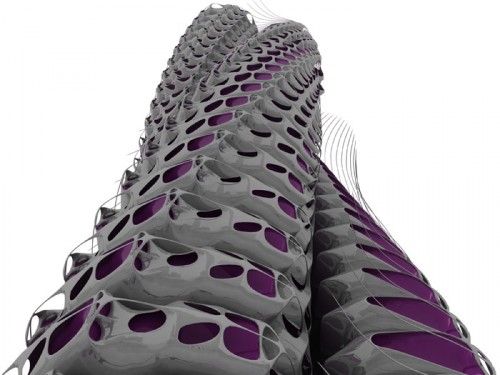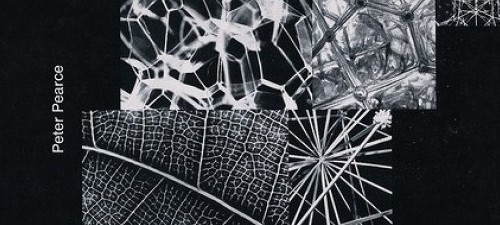“While certain imitation of nature copy its superficial appearance in a formal reproduction, others attempt to decipher its modes of growth. Consequently a fundamental difference between a copy and an imitation prevails: while a copy is only the repetition of a particular object that fails to grasp the idea behind its epiphany, an imitation projects the idea of an object into another object……Biomimicry in this respect does not imply copying nature’s apparent forms through analogy, but comprehending its structure and methods of production – the obvious consequence then being an absence of verisimilitude or implicit naturalness.
Thus, nature can be imitated not in what it makes, but how it makes it- or in other words : one can imitate nature in its action.”
from Natural Metaphor: Architectural Papers III by Florian Sauter
Nature in its action have actually already been revealed in 1968 by the Hungarian theoretical biologist and botanist Aristid Lindenmayer (1925–1989). He developed a formal language called L-systems. The language was originally conceived to describe the process of development of simple organisms and now have numerous applications in diverse fields – not only biology and botany but also architecture. The core of L-systems is their recursive nature, often used to describe fractals and self-similar morphologies.
L-Systems’ architecture:
The language: A set of terminal and non terminal symbols. Non terminal symbols are symbols that may generate new strings of symbols of the language. Terminal symbols always remain the same.
The generative grammar
Axiom: a string of symbols of the language set used as a starting point each process.
Rules: a rule is a string of any symbol of the language set that will replace a non terminal symbol.
The substitution process: This is a recursive process that apply the rules to every non Terminal symbol of the axiom, thus generating a new and larger string. This new string will be used as axiom for a new substitution process. This process can be repeated many times, generating bigger and bigger strings.
L-systems are a very interesting generative tool and in fact they let explore hidden morphologies and rules of growth within natural forms; they can also add scientific knowledge to artworks and architectural design, if well implemented they can offer an interactive laboratory for the investigation of nature’s strategies in creating adaptive forms and optimized structures by using a set of simple rules.
Here is Lindenmayer’s original L-system for modeling the growth of algae plant.
variables : A B
constants : none
start : A
rules : (A → AB), (B → A)
which produces:
n = 0 : A
n = 1 : AB
n = 2 : ABA
n = 3 : ABAAB
n = 4 : ABAABABA
n = 5 : ABAABABAABAAB
n = 6 : ABAABABAABAABABAABABA
n = 7 : ABAABABAABAABABAABABAABAABABAABAAB
As you see a simple rule after a few iterations becomes a complex structure of relations. In fact, L-Systems are quite simple to implement, but the complexity of the growing process is what makes them so powerful.




